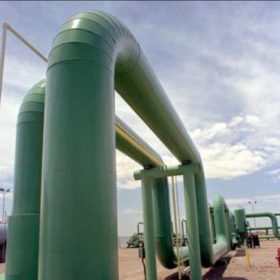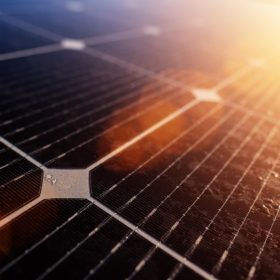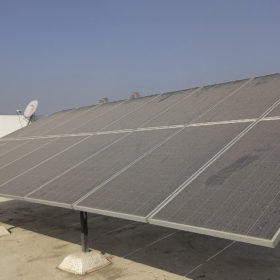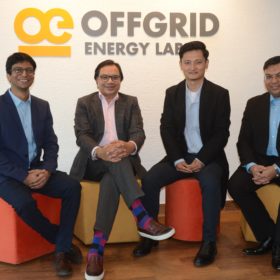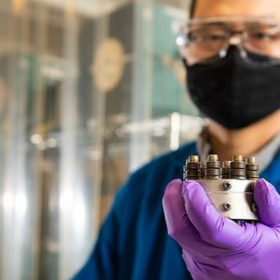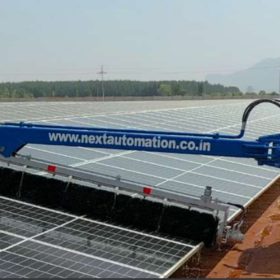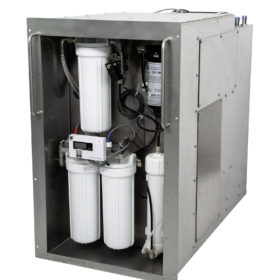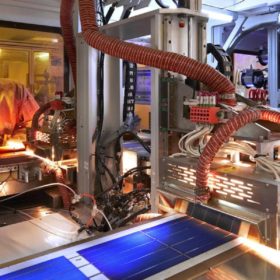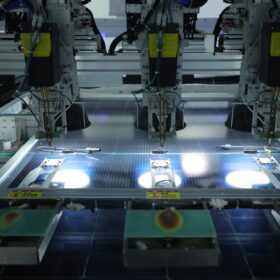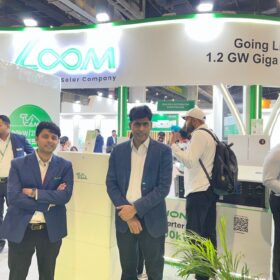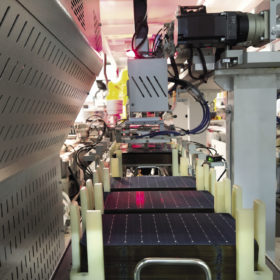NTPC, Gujarat Gas to start green hydrogen blended PNG supply project
To decarbonize the cooking sector, India’s premier energy utility NTPC has partnered city gas distribution company Gujarat Gas Limited on a pilot project to supply green hydrogen-blended piped natural gas.
Photovoltaic cell harvests energy day and night
Stanford researchers develop a device that harvests energy from the temperature difference between the PV cell and the air.
Bosch unveils hydrogen-compatible stationary fuel cell system
Bosch’s new solid oxide fuel cell prototype has an electrical efficiency of more than 60% and an overall efficiency above 85%. It also has a targeted power output of 10 kW and can produce up to 3 kW of thermal energy.
The long read: Avoiding PV performance killers
GIZ, Germany’s development agency, has partnered with India‘s Ministry of New and Renewable Energy to follow up on its successful “kW-to-kWh” study, which has become a quality benchmark for MNRE’s projects in India. PI Berlin acted as lead consultant on the project, and Asier Ukar, senior consultant and managing director of PI Berlin S.L., shares some of the key conclusions.
Offgrid Energy Labs unveils ZincGel battery technology for stationary and low-powered mobility applications
The IIT Kanpur-incubated startup has introduced ZincGel battery technology that offers energy efficiency at par with lithium-ion products but with twice the lifecycle and negligible operational cost, which can lead to significant savings for two-wheeler EV operators.
Aluminum-nickel molten salt battery for seasonal renewables storage
US scientists have developed a battery that can retain 92% of its initial capacity over periods of 12 weeks, with a theoretical energy density of 260 W/hour per kg. It was built with an aluminum anode and a nickel cathode, immersed in molten-salt electrolyte.
Tractor-mounted, hydraulic panel cleaning arm for solar farms
Tamil Nadu based Next Automation has come up with a tractor-mounted hydraulically operated arm as a fast, accurate, cost-effective, and water-efficient cleaning solution for panels in solar farms.
Modular electrolyzer for residential, commercial applications
Germany’s Ostermeier H2ydrogen Solutions has developed an electrolyzer that works with tap water, with bottles to store hydrogen and a fuel cell or a Wankel engine to produce electricity. The system has a capacity ranging from 1kW to 100 kW, which corresponds to hydrogen production of 0.2-20 Nm3/h.
IndianOil, L&T and ReNew to form green hydrogen development JV
IndianOil, Larsen & Toubro, and ReNew will hold an equal stake in their proposed joint venture to develop, execute and own green hydrogen assets in India. Additionally, IndianOil and Larsen & Toubro will form a JV for the production and sale of electrolyzers.
Trina Solar achieves 25.5% efficiency in n-type TOPCon solar cell
The result was confirmed by the National Institute of Metrology of China. It was achieved with a cell size of 210x210mm.
